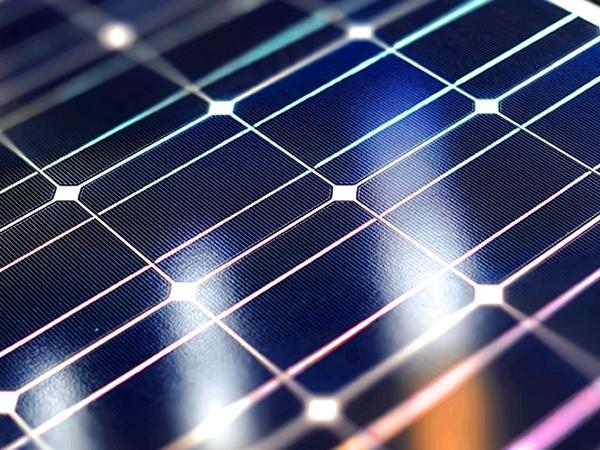
Date: 14 June 2017
UNSW (Australia), Longi Solar (China) and DR Laser (China) have teamed together and solved a serious energy problem.

“Light Induced Degradation (LID) in monocrystalline silicon solar cells is now a thing of the past,” says A/Professor CheeMun Chong, Director (Industry Collaboration) of the ARC Photovoltaics Centre of Excellence at UNSW Sydney.
“LID degrades the output power of solar cells over time and until now there has been no solution to this significant loss of accumulated output energy over a solar module’s 30-year lifetime.”
The ARC Photovoltaics Centre of Excellence specialises in developing and refining large-scale commercial processes for industry and is part of the world renowned Photovoltaics group established at UNSW by Professor Martin Green in the 1970’s.
In 2010, the Centre of Excellence directed its focus towards the problem of LID by developing processes using all three of the charge states of hydrogen to reverse the energy loss mechanisms caused by boron-oxygen defects in the silicon wafer.
“By itself a university research team cannot change the world BUT we can show industry how to do it,” continued A/Prof Chong.
The secret involves using intense pulses of light at exactly the right time during the solar cell manufacturing process.
The processes of light intensities and wavelengths, wafer temperatures and durations are all protected by patents.
By teaming with the world’s largest monocrystalline Si wafer manufacturer, Longi, the UNSW team can immediately make effective changes to existing product lines at very large scale.
“Knowing what to do is important, but having the tools to do it is just as important,” added A/Prof Chong. The company, DR Laser, is currently developing industrial scale tools specifically for Longi’s solar cell manufacturing lines.
By combining know-how with large scale manufacturing and specialised tool sets for manufacturing the team says that it will now produce LID free solar cells.
“This will make a world of difference to the lifetime energy output of these solar modules,” continued A/Prof Chong. “It is a very good feeling seeing this R&D becoming a commercial reality and it is especially good to see how this endeavour impacts the commercial and environmental needs of the solar industry.”

UNSW Light Induced Degradation Research - click here to download pdf
For additional information:
In Chinese: http://mp.weixin.qq.com/s/X93h8fYVUIeSW0YjN07OsA
About the Torch Program: http://www.torch.unsw.edu.au/
For more information email A/Prof CheeMun Chong: cm.chong@unsw.edu.au
 600450
600450








Add new comment